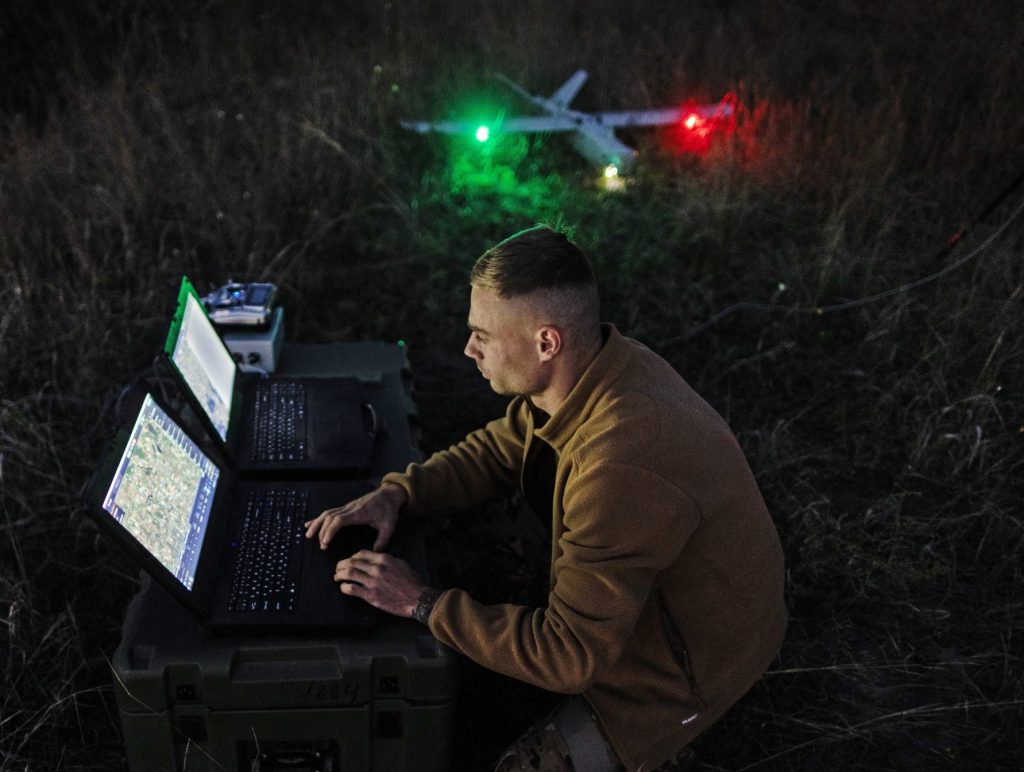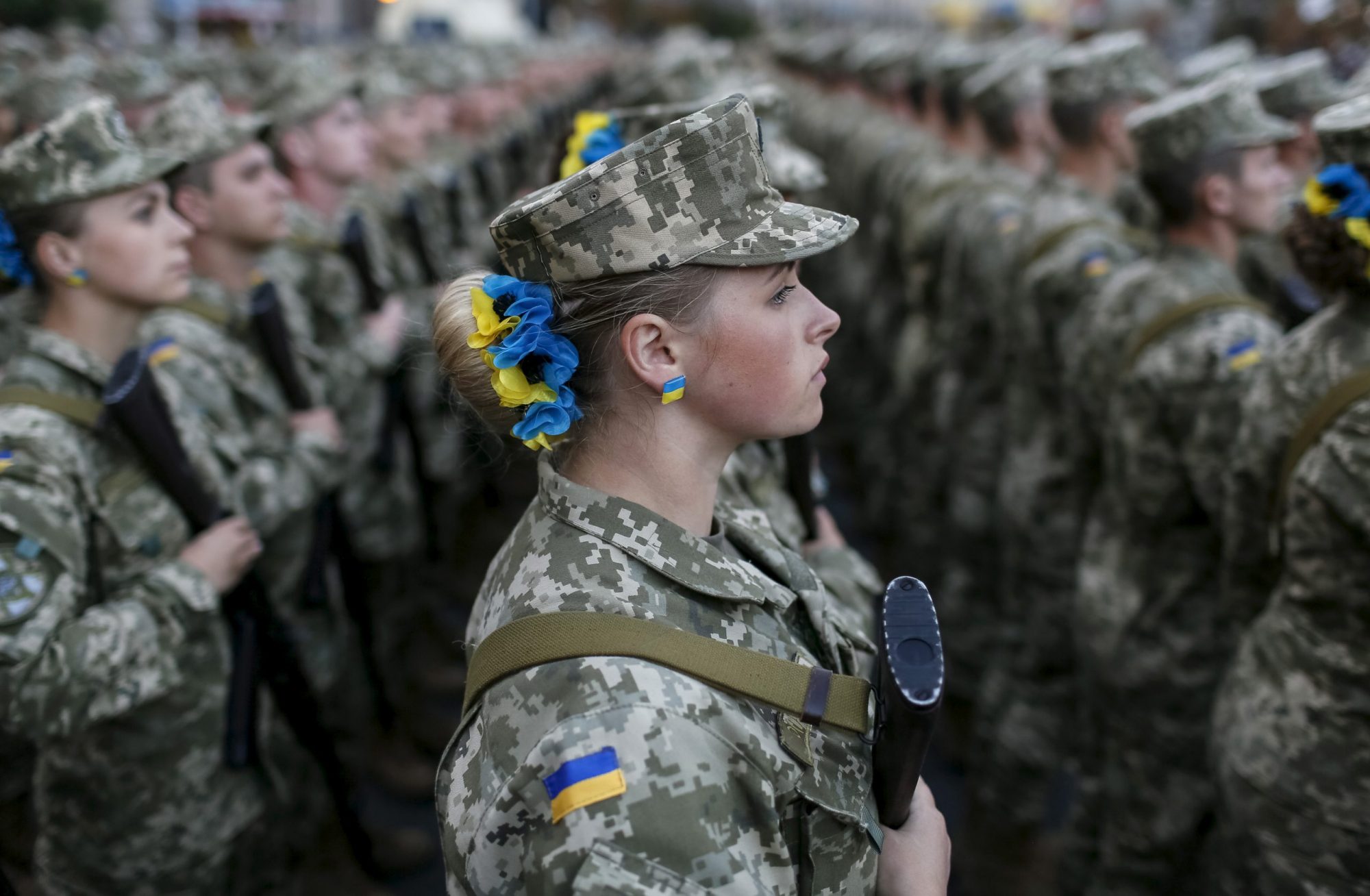Mykola Bielieskov

One of the most striking aspects of the Russia-Ukraine War over the past six months has been the intensification of Ukrainian drone strikes against targets throughout the Russian Federation. While the Ukrainian authorities remain reluctant to officially acknowledge responsibility for these attacks, there is little doubt that they reflect the steadily expanding capabilities of Ukraine’s increasingly impressive drone army.
The growth in Ukrainian drone attacks has helped to address one of the great imbalances of the country’s war with Russia. During the first year following Russia’s full-scale invasion, hostilities were almost exclusively confined to Ukraine itself, with neighboring Russian territory remaining virtually untouched. Russian and Ukrainian troops clashed along a front line running for more than 1000 kilometers through eastern and southern Ukraine, while Russia carried out air strikes against civilian targets across the country with apparent impunity.
Ukraine’s ability to retaliate was severely limited due to restrictions imposed by the country’s partners regarding the use of military aid. Fearful of provoking a Russian response against their own countries, Western leaders sought assurances from their Ukrainian colleagues that any weapons they provided would only be used within Ukraine’s internationally recognized borders. This led to the bizarre situation where Russian commanders were able to bomb Ukrainian residential areas, port facilities, energy infrastructure, and other civilian targets without fear of retribution.
Crucially, this extreme Western caution toward attacks inside Russia never extended to strikes using Ukrainian weapons. This helps to explain why Ukraine has been focusing on the development and production of drones as an economically sustainable way of countering Russia’s overwhelming air superiority and their own country’s reliance on Western military aid.
As the world watches the Russian invasion of Ukraine unfold, UkraineAlert delivers the best Atlantic Council expert insight and analysis on Ukraine twice a week directly to your inbox.

Ukraine’s drone efforts have involved a high degree of improvisation and in many ways resemble a nationwide startup. Small groups of volunteers have played key roles, often creating prototypes while working in battlefield conditions. Ukrainian drone manufacturers and operators have been forced to constantly innovate in order to stay ahead of their Russian adversaries, who have also proven to be fast learners.
There is no single institution responsible for managing Ukraine’s drone army, with different military units and state agencies often operating in parallel. The country’s Ministry of Digital Transformation is probably the closest thing to a coordinating body, with Minister for Digital Transformation Mykhailo Fedorov a prominent advocate of drone warfare. Earlier this year, Fedorov’s Ministry co-founded BRAVE1, a defense tech cluster that aims to streamline cooperation between the Ukrainian state, the armed forces, and the country’s vibrant tech startup scene.
The expansion of Ukraine’s drone army since the start of Russia’s invasion has been striking. Fedorov says the country has already trained 10,000 new drone pilots this year. According to a recent New York Times feature article on Ukraine’s drone warfare capabilities, “so many small drones are flying now along one section of the front line that Ukraine’s military coordinates the flights with a dispatcher, akin to air traffic control.”
Ukrainians are racing to keep up with rapidly escalating demand within the country’s military for greater quantities of drones and innovative new models capable of penetrating Russia’s defenses. In August 2023, The Economist reported that there are currently more than 200 companies in Ukraine officially manufacturing drones, along with hundreds of additional smaller scale operations. This trend looks set to continue, with the Ukrainian government allocating approximately $1.3 billion in the 2024 state budget for drones.
While drone activity above and around the battlefield remains the primary focus of Ukraine’s drone army, longer range attacks are playing an increasingly prominent role in the country’s war effort. These strikes have focused on a range of strategic targets. Russia’s energy infrastructure, including the country’s oil refineries and storage facilities, have been struck repeatedly. There have been a number of headline-grabbing drone attacks on airbases deep inside Russia, resulting in the destruction of numerous planes. Drones have frequently been used to destroy munitions storage facilities and Russian air defense systems, sometimes being deployed to create openings for missile strikes.
Drones are also playing a significant role in the war at sea. While the modest Ukrainian Navy has no warship presence in the Black Sea, drones are enabling Ukraine to strike back at Russia’s Black Sea Fleet, often in spectacular fashion. In early August, Ukrainian naval drones reportedly hit and severely damaged a Russian warship close to the Russian port of Novorossiysk in the eastern Black Sea, hundreds of miles away from the nearest Ukrainian-controlled coastline. Ukraine’s enhanced naval drone capability has been credited with altering the balance of power in the Black Sea.
Some drone attacks appear to have been undertaken in order to publicly embarrass the Kremlin or force Russia’s military leaders to pull air defenses away from the front lines in Ukraine. On the eve of Victory Day in May 2023, a drone hit the Kremlin in central Moscow. The exclusive Moscow City business center, which houses a number of government agencies, has been repeatedly targeted, highlighting the weakness of the Russian capital city’s air defenses.
Meanwhile, suspected Ukrainian drone activity close to Moscow’s international airports has forced airspace closures and flight cancellations on a regular basis in recent months. This imposes significant economic costs on Russia, while also bringing the reality of the war home to ordinary Russians whose lives have otherwise remained largely untouched by the carnage unfolding in neighboring Ukraine.
In June 2023, Ukrainian President Volodymyr Zelenskyy signaled the coming escalation in drone attacks when he declared that the war was “gradually returning” to Russia. “This is an inevitable, natural, and absolutely fair process,” he commented during his daily address. Zelenskyy’s statement was a particularly noteworthy as it indicated Ukraine’s readiness to reject the artificial constraints imposed by the country’s Western partners regarding attacks inside the Russian Federation. Western leaders have since clarified that they fully recognize Ukraine’s right to strike Russian targets as part of the country’s overall defensive effort.
There is a clear military logic linking Ukraine’s mounting drone attacks on the front lines, inside Russia itself, and at sea. Unlike Russia, which uses air strikes primarily as a psychological weapon to induce terror among the civilian population, Ukraine’s drone activities focus on the methodical destruction of military targets and the steady erosion of Russia’s ability to wage war. By bringing the war home to Russia, Ukraine’s drone army is also forcing the Kremlin to redeploy its limited air defenses and weaken its invasion force inside Ukraine.
Ukraine does not have a monopoly on drone technologies or tactics, of course. Ukrainian commanders readily acknowledge that their Russian adversaries have rapidly adapted to the new threats posed by drones, and have also incorporated drones into their own offensive operations with deadly effectiveness. Nevertheless, Ukraine’s robust tech sector and innovation-friendly military leadership are helping the country to make the most of the novel opportunities created by drone warfare. Keeping one step ahead of the Russians will remain a daily struggle, but Ukraine is currently punching well above its weight in what is the world’s first ever full-scale drone war.
Mykola Bielieskov is a research fellow at the National Institute for Strategic Studies and a senior analyst at Ukrainian NGO “Come Back Alive.” The views expressed in this article are the author’s personal position and do not reflect the opinions or views of NISS or Come Back Alive.
No comments:
Post a Comment